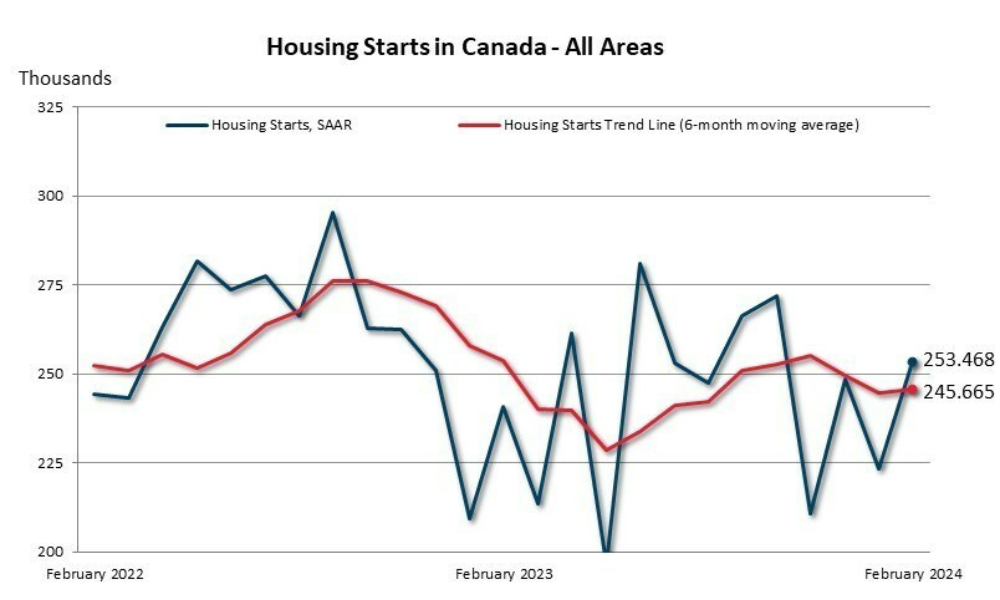In a landscape where every decision on the housing market hinges on balancing trade-offs, a recent survey by RBC subsidiary Houseful sheds light on how Canada’s younger first-time homebuyers are charting their paths to homeownership. Despite the challenging market, these homebuyers under 30 are not only entering the market sooner than anticipated but are doing so by accepting compromises previously deemed deal-breakers.
According to the Houseful First-Time Homebuyer Trade-Off Survey, 38% of first-time buyers under 30 are purchasing homes earlier than planned, a contrast to the 18.4% of their over-30 counterparts. This demographic is navigating the market by adjusting their expectations—accepting smaller living spaces, for example, with 65.2% open to less square footage versus 47.2% of older buyers.
“Homeownership is the beginning of generational wealth creation. Many younger first-time homebuyers recognize that homeownership is a life-long pursuit, and an early start to the journey can deliver exponential long-term value to support future goals,” Houseful CEO Karen Starns said.
The survey also highlights a different approach among first-time buyers with household incomes between $100,000 and $150,000. Nearly half of this group opts to delay their purchase to find a home that meets all their criteria, showing less willingness to compromise on living space and location compared to other income brackets.
Despite the wait, this demographic reports the highest levels of satisfaction with their home purchases at 85%.
Houseful’s findings underscore the diverse considerations and strategies first-time homebuyers in Canada employ. With the mission to empower confident home-owning decisions, Houseful provides tools and support to navigate the complex market.
“As homebuyers make one of the most important decisions of their lives, they need the right support to navigate an overwhelming market with confidence. By equipping first-time homebuyers with an expert toolkit, we can help them take the first step into homeownership,” Starns said.
Source CMP
By Candyd Mendoza






